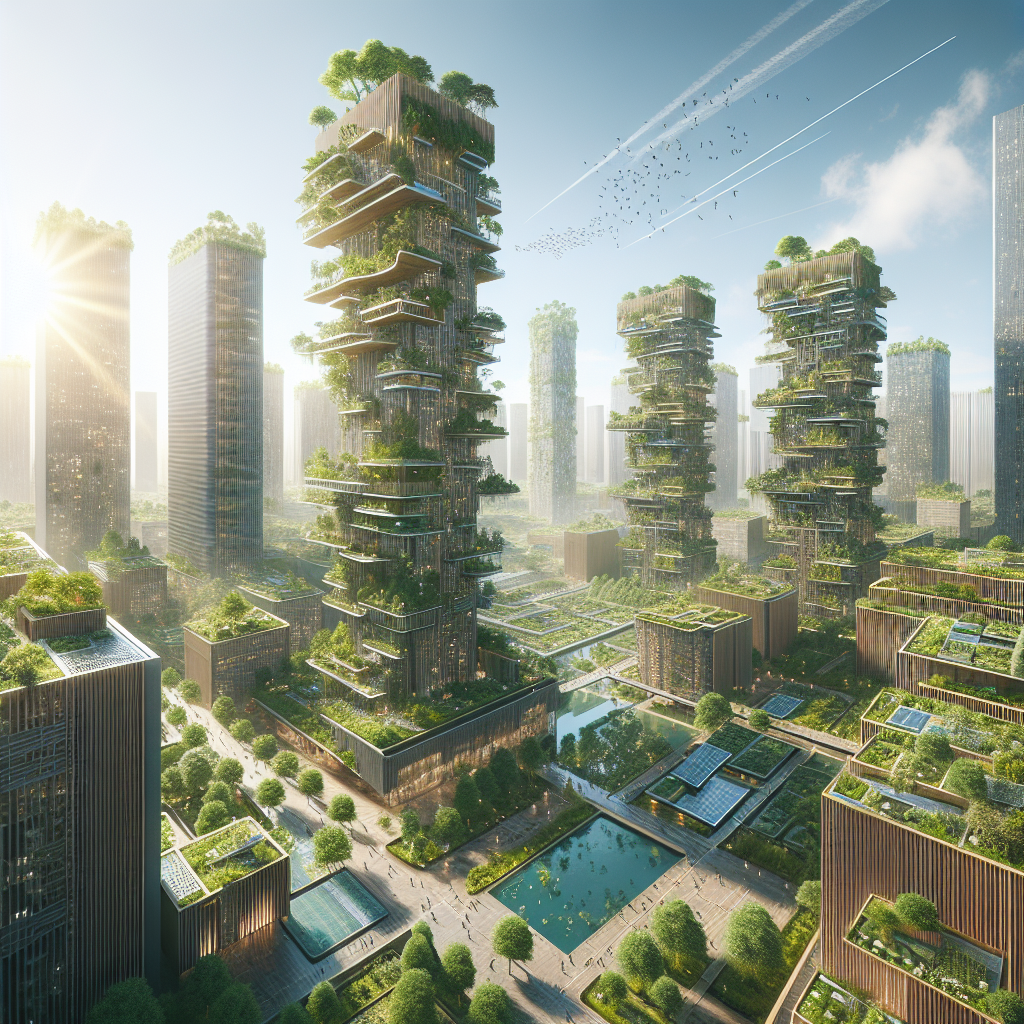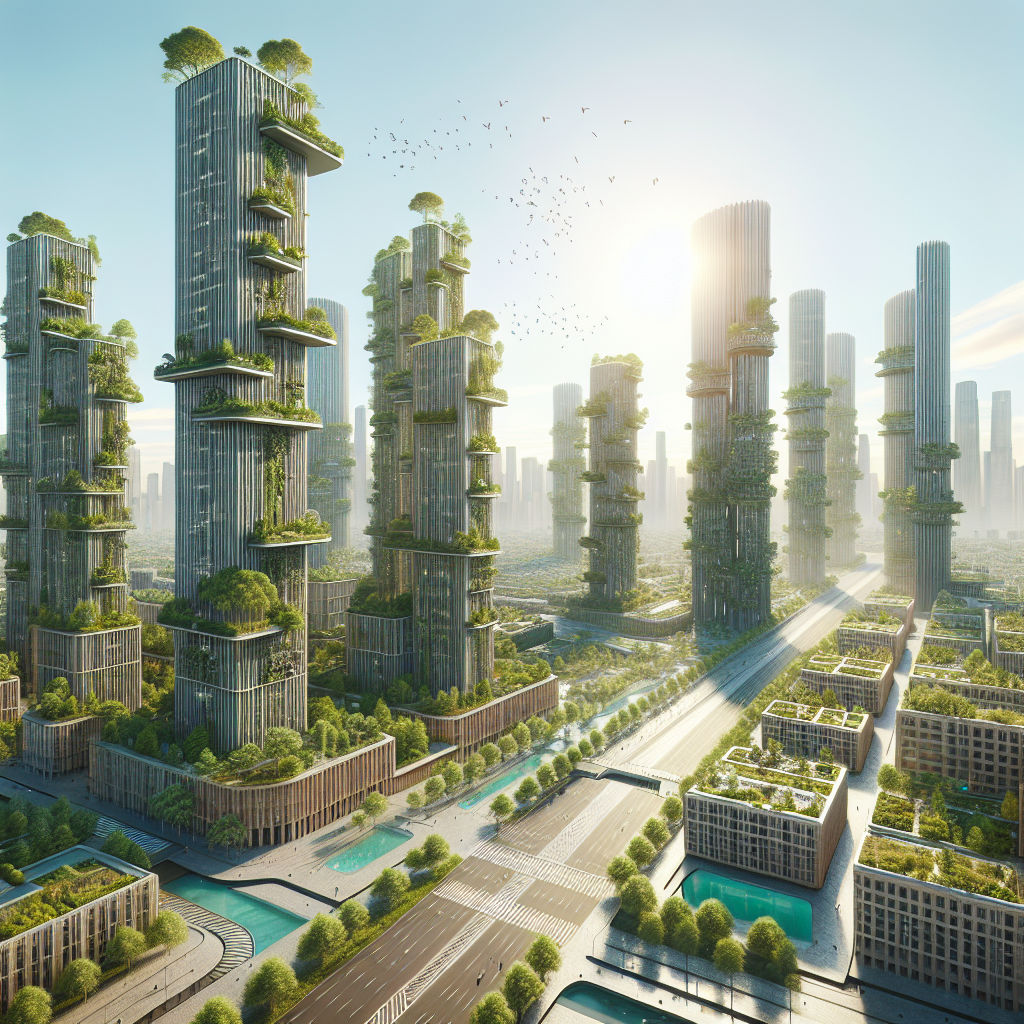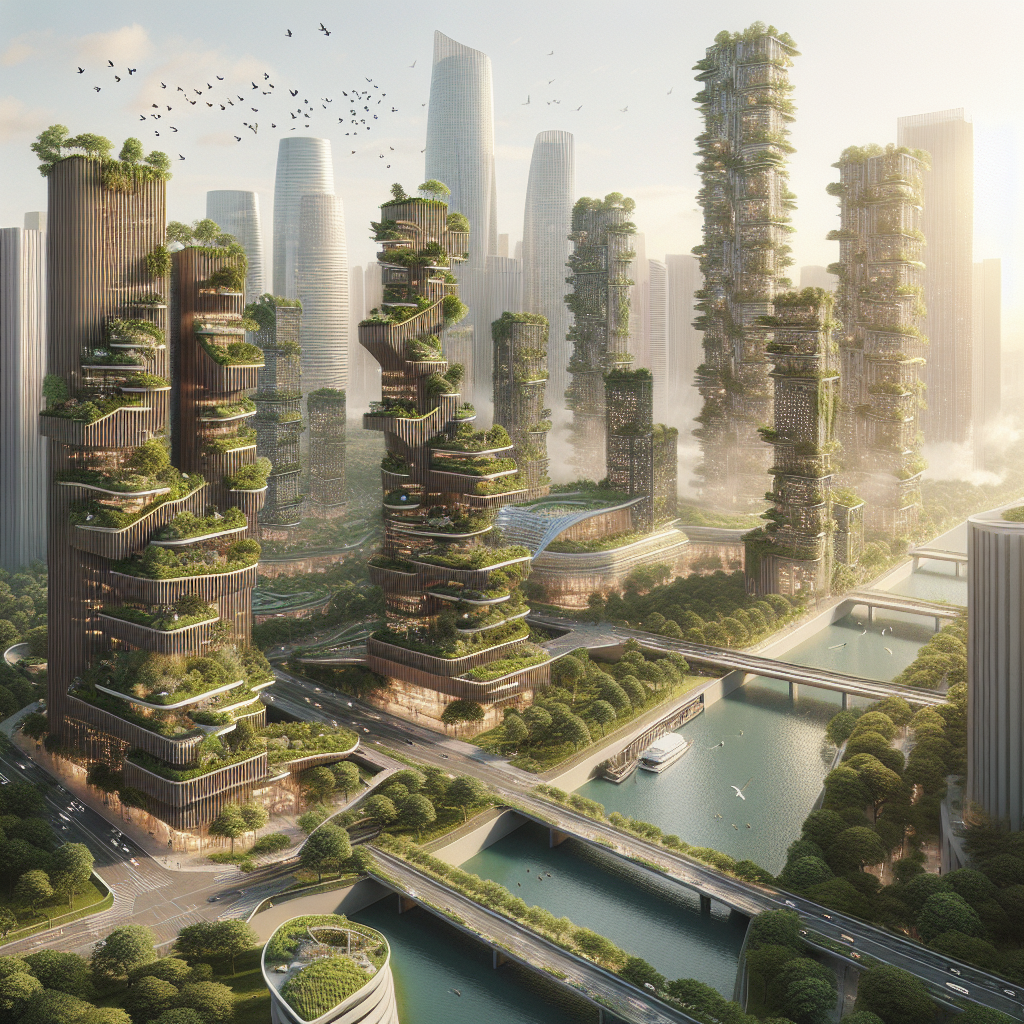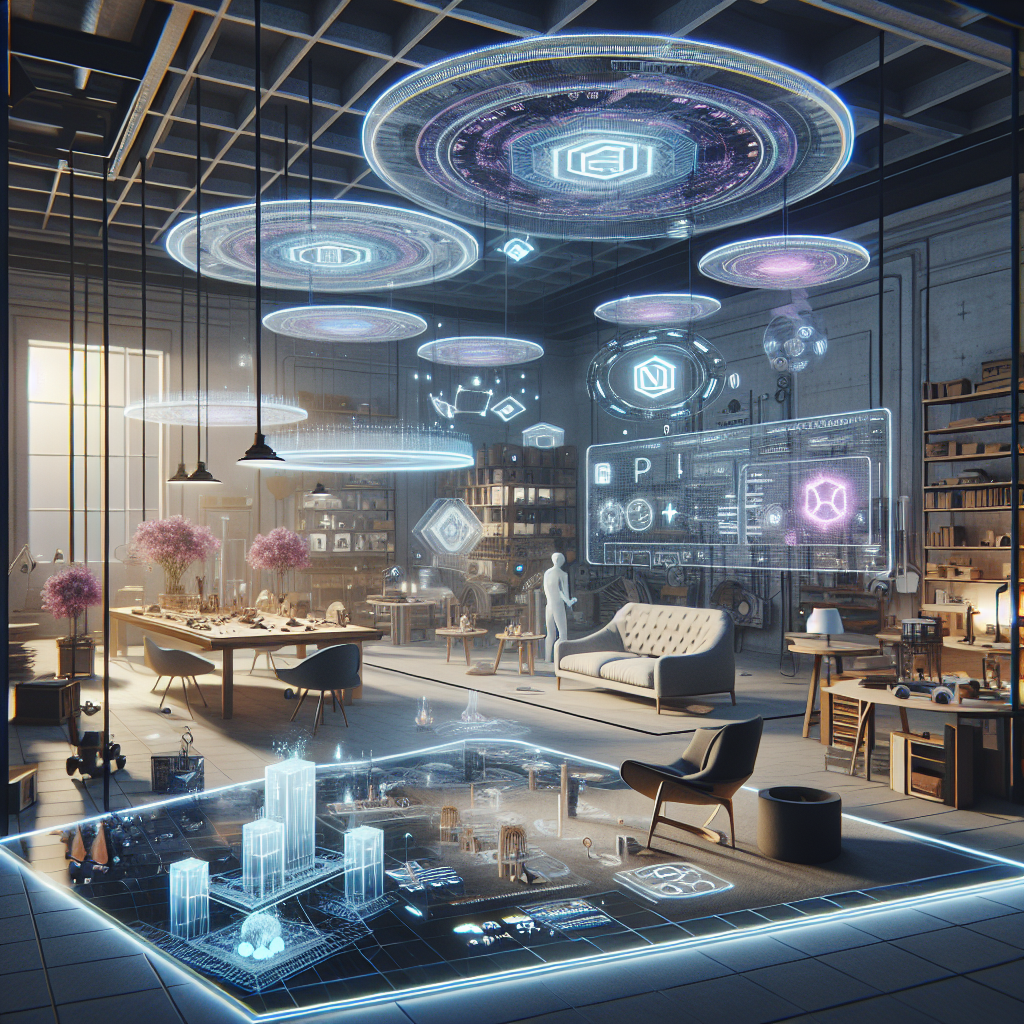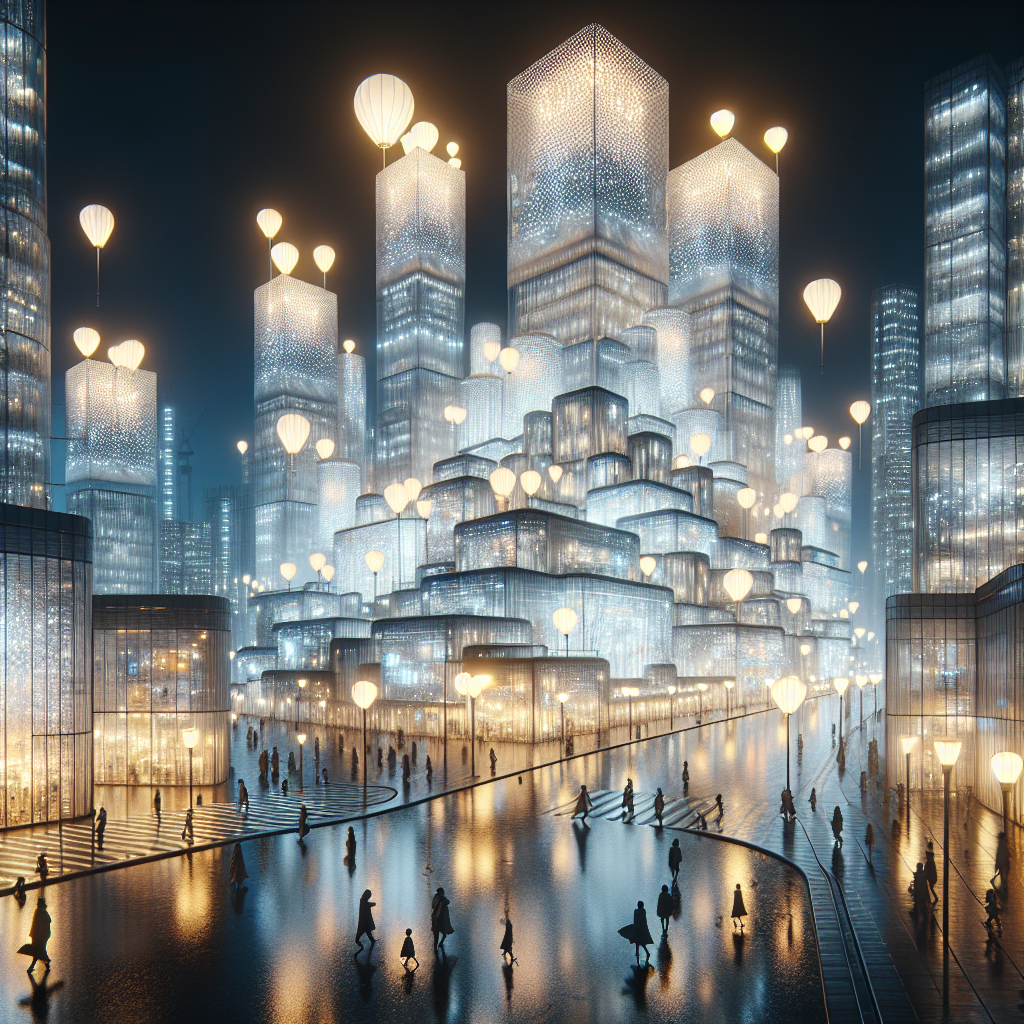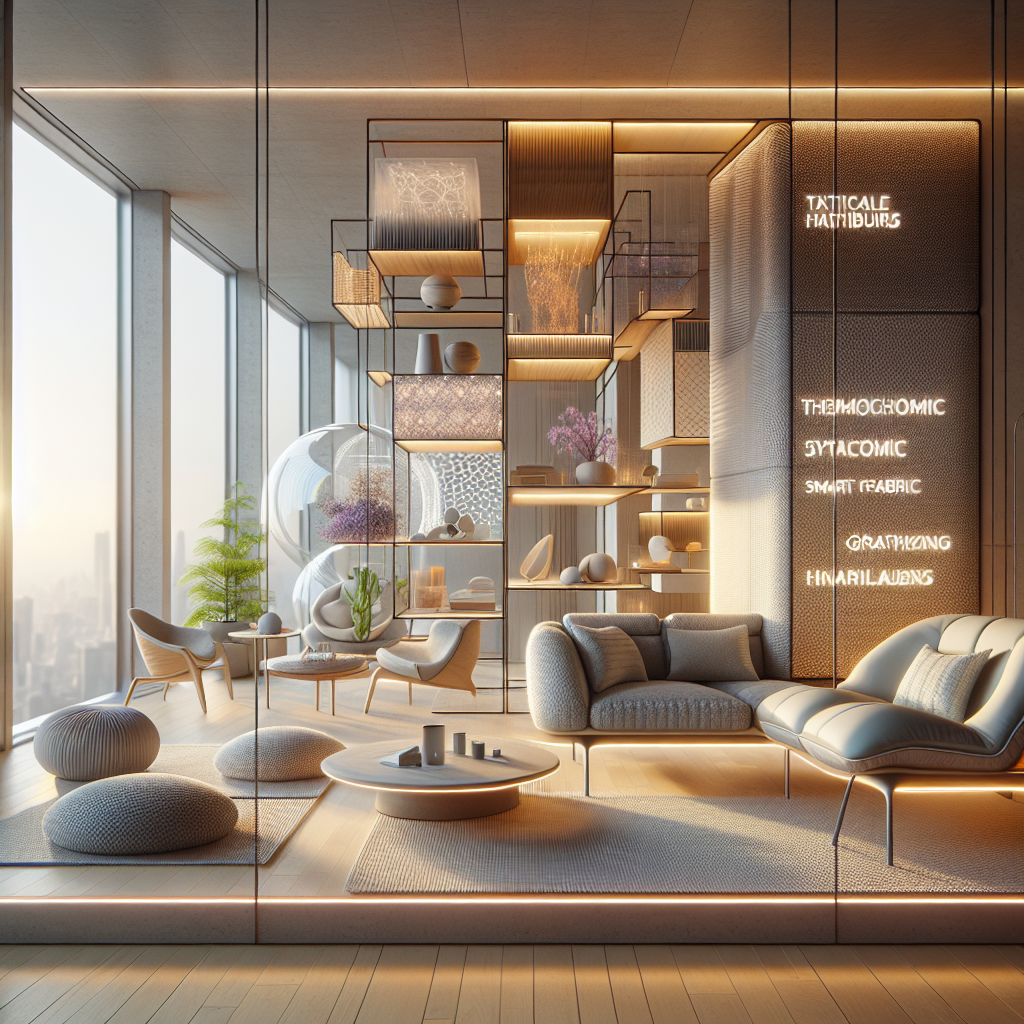Urban Ecology: Balancing Cities and Nature for Sustainable Living
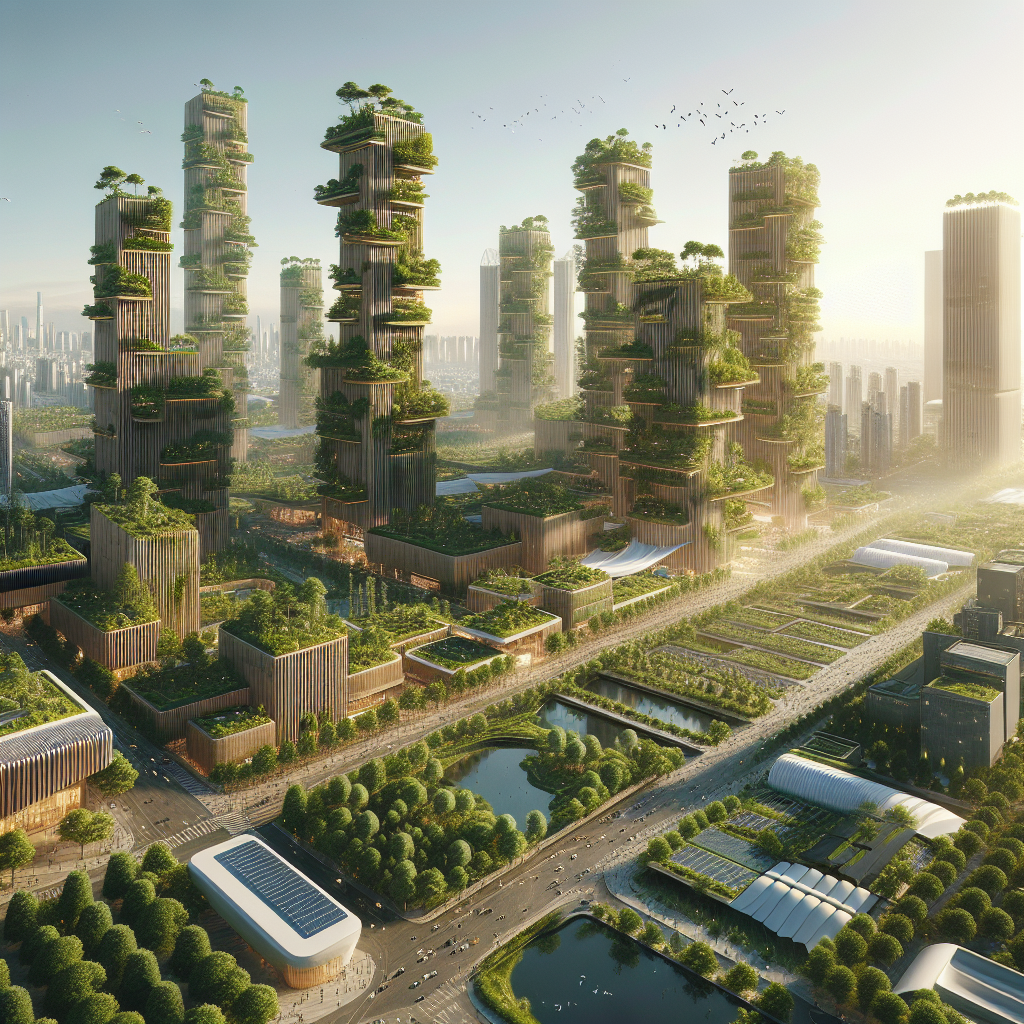
Urban Ecology: Balancing Cities and Nature for Sustainable Living
As cities swell with growing populations and the concrete sprawl expands, the delicate balance between urban development and natural ecosystems becomes increasingly critical. Urban ecology, a dynamic discipline that merges architecture, design, and environmental science, offers a compelling solution to harmonize cityscapes with nature. This integration not only fosters sustainability but also enhances human well-being, creating spaces that resonate with both aesthetic beauty and ecological responsibility.
The Rise of Urban Ecology in Contemporary Architecture
Urban ecology is not merely a trend; it is a transformative approach redefining the way architects and designers conceive urban spaces. Rooted in the understanding that cities function as ecosystems, this approach seeks to restore natural processes within urban environments. Architects now prioritize green spaces, biodiversity, and sustainable materials, recognizing their profound impact on urban health and human wellness.
Take, for instance, the Bosco Verticale in Milan, Italy—a stunning example of vertical forest architecture. Designed by Stefano Boeri Architetti, these residential towers are enveloped in lush greenery, hosting over 900 trees and thousands of shrubs. This living façade not only dramatically reduces air pollution but also moderates temperatures, providing natural insulation and reducing energy consumption. Such innovative projects underscore the transformative potential of integrating nature within urban architecture.
Biophilic Design: Enhancing Human Health and Well-being
Central to urban ecology is the concept of biophilic design, which emphasizes humanity’s innate connection to nature. Studies have consistently shown that incorporating natural elements into urban environments significantly improves mental health, reduces stress, and enhances productivity. A detailed exploration of this phenomenon can be found in our previous article on biophilic design and its impact on human health and well-being.
Consider Google’s headquarters in Mountain View, California. Designed by Bjarke Ingels Group and Heatherwick Studio, the campus seamlessly integrates nature into its architectural fabric. Expansive green roofs, open-air courtyards, and abundant natural lighting create an environment that fosters creativity and well-being. Such designs not only enhance the aesthetic appeal but also profoundly impact the occupants’ physical and psychological health.
Green Infrastructure: A Blueprint for Resilient Cities
Urban ecology also addresses critical environmental challenges through green infrastructure. This encompasses natural and semi-natural systems designed to manage stormwater, reduce urban heat islands, and improve air quality. From permeable pavements to urban wetlands, these elements form a resilient framework that mitigates climate change impacts.
In Copenhagen, Denmark, the Tåsinge Plads project exemplifies green infrastructure’s effectiveness. This urban square integrates rain gardens, permeable surfaces, and vegetation to manage stormwater runoff, preventing flooding and enhancing biodiversity. Such initiatives demonstrate how thoughtful design can simultaneously address ecological concerns and create vibrant public spaces.
Wooden Skyscrapers: The Sustainable Revolution in High-Rise Construction
One of the most exciting developments in sustainable architecture is the emergence of wooden skyscrapers. Engineered timber, such as cross-laminated timber (CLT), offers a renewable, carbon-sequestering alternative to traditional steel and concrete. Our detailed exploration of this trend can be found in the article Wooden Skyscrapers: The Rise of Timber in High-Rise Construction.
The Mjøstårnet in Norway, standing at 85 meters, currently holds the title of the world’s tallest timber building. Its elegant wooden structure not only reduces carbon emissions but also creates warm, inviting interiors that resonate with occupants. The tactile beauty of exposed timber beams and natural finishes offers a sensory experience that reconnects inhabitants with nature, even in urban settings.
Technology and Innovation: Catalysts for Sustainable Urban Design
Advancements in technology play a pivotal role in shaping sustainable urban environments. Innovations such as smart grids, IoT-enabled buildings, and advanced materials significantly enhance cities’ ecological performance. For instance, augmented reality (AR) and virtual reality (VR) are transforming architectural visualization, enabling designers to craft immersive, nature-integrated spaces with unprecedented precision. Explore more about this technological evolution in our article on Virtual Reality in Architecture: The New Tool for Design Visualization.
Moreover, the integration of autonomous vehicles and smart mobility solutions is reshaping urban landscapes, reducing congestion, and reclaiming space for green corridors and pedestrian-friendly zones. As discussed in our previous exploration of Autonomous Vehicles: The Impact of Self-Driving Cars on Urban Design, these innovations promise to create more livable, sustainable cities.
Lessons from the Past: Ancient Wisdom for Modern Sustainability
Interestingly, many principles of urban ecology echo ancient architectural practices. Traditional desert architecture, for example, offers valuable insights into passive cooling techniques and sustainable material use. Our exploration of Lessons from Ancient Desert Architecture reveals how historical knowledge can inform contemporary sustainable design.
Incorporating these timeless strategies, modern architects can design buildings that naturally regulate temperature, conserve water, and harmonize with their surroundings. The Alhambra in Granada, Spain, with its intricate water channels and shaded courtyards, remains a testament to sustainable design principles that continue to inspire architects today.
The Future of Urban Ecology: A Holistic Approach
Looking ahead, urban ecology demands a holistic, interdisciplinary approach. Architects, urban planners, ecologists, and policymakers must collaborate to create cities that are not only sustainable but also resilient and equitable. Initiatives such as urban farming, vertical gardens, and biodiversity corridors are already reshaping urban landscapes, fostering communities that thrive alongside nature.
Projects like Singapore’s Gardens by the Bay, with its iconic Supertrees and extensive biodiversity, illustrate the transformative potential of integrated ecological design. These urban ecosystems not only enhance environmental health but also enrich cultural identity and community engagement.
Embracing Urban Ecology for Sustainable Living
Urban ecology represents a paradigm shift in architecture and design, emphasizing the symbiotic relationship between urban development and natural ecosystems. By integrating biophilic principles, green infrastructure, sustainable materials, and technological innovations, architects and designers can create cities that are vibrant, healthy, and sustainable.
As we navigate the complexities of urbanization and climate change, embracing urban ecology is not merely desirable—it is essential. By harmonizing cities with nature, we can foster sustainable living environments that nurture both the planet and its inhabitants, paving the way for a resilient and thriving future.
For further reading on sustainable urban design and innovations, explore our comprehensive coverage on Urban Ecology, Biophilic Design, and Green Infrastructure.
